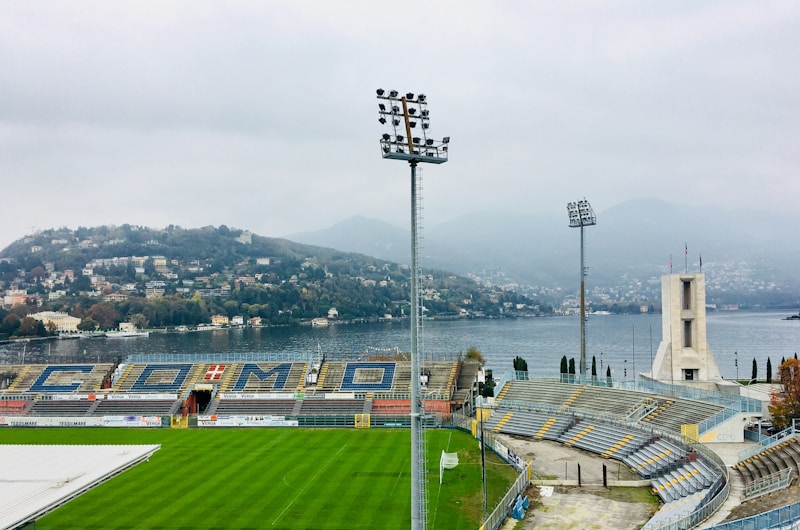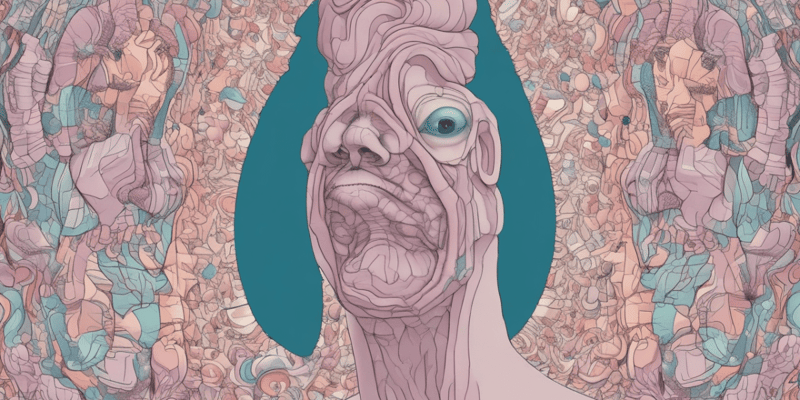32 Questions
What are the main functions of the kidney?
Regulation of electrolyte balance, water balance, arterial blood pressure, RBC production, acid-base balance, excretion of waste products, and gluconeogenesis
Where does urine formation result from?
Glomerular filtration, tubular reabsorption, and tubular secretion
What is the main job of the kidney?
To maintain ECF chemical composition and ECF fluid volume
Where are the kidneys located?
Retroperitoneally, in the posterior abdominal cavity, above the waistline
What is the function of the hilum of the kidney?
Point of entry for the renal artery and nerves, and point of exit for renal vein, lymphatic vessels, and ureter
What is the process of glucose synthesis from amino acids in the kidneys?
Gluconeogenesis
What is the hormone responsible for erythrocyte production in the bone marrow?
Erythropoietin
What is the term for the physiological anatomy of the kidneys being above the waistline and located in the posterior abdominal cavity?
Retroperitoneal
What is the main function of the renal tubule?
Reabsorption of salt and water
Which part of the kidney houses the renal corpuscle, proximal tubules, and distal tubules?
Renal Cortex
What is the composition of the renal capsule?
White fibrous connective tissue
What structures are contained in the renal pyramids?
Portions of the proximal tubule, loops of Henle, and collecting ducts
What connects the perirenal fat to overlying parietal peritoneum and to adipose tissue and skeletal muscle found posterior to the kidney?
Renal fascia
Where are the interlobar arteries found?
In the renal column
What is the main histologic feature of the cells that make up each portion of the nephron?
Glomerulus and capsule
What is the function of the renal corpuscle?
Blood-filtering part composed of glomerulus plus Bowman's capsule
What is the composition of Bowman's capsule?
Outer layer of parietal epithelium and inner layer of visceral epithelium
What is the composition of the glomerulus?
Afferent and efferent arteriole and intervening tuft of fenestrated capillaries
What is the main pressure in the peritubular capillaries?
Low hydrostatic pressure
What are the types of nephrons based on the length of their loops of Henle?
Superficial or cortical nephrons and juxtamedullary nephrons
What is the function of the mesangium in the urinary system?
Supports glomerular capillaries and is composed of mesangial cells and a matrix
What percentage of water is reabsorbed through microvilli in the proximal tubule?
65%
What percentage of nephrons have long loops in the loop of Henle?
20%
Which cells are found in the connecting tubule of the urinary system?
Principal and intercalated cells
What are the blood vessels associated with the nephron in the urinary system?
Afferent and efferent arterioles, peritubular capillaries, and vasa recta
Where is the bladder located in the body?
Pelvic cavity
What is the main muscle in the bladder responsible for contraction?
Detrusor muscle
How does the length of the urethra vary between men and women?
It is longer in men
What types of fibers are involved in the innervation of the bladder?
Parasympathetic and sympathetic
What process does a normal cystometrogram show in the urinary system?
Urine formation through glomerular filtration, tubular reabsorption, and tubular secretion
What is the result of urine excretion in the urinary system?
Filtration, reabsorption, and secretion
What is the nature of reabsorption in the kidneys?
Highly variable and selective
Study Notes
Microscopic Structure and Physiology of the Urinary System
- Mesangium is the space between glomerular capillaries and is composed of mesangial cells and a matrix
- The proximal tubule receives filtrate from Bowman’s space and reabsorbs 65% of water through microvilli
- The loop of Henle has short and long loops, with 80% of nephrons having short loops and 20% having long loops
- The distal convoluted tubule includes the macula densa, and the connecting tubule has two types of cells: principal and intercalated
- Blood vessels associated with the nephron include afferent and efferent arterioles, peritubular capillaries, and vasa recta
- The bladder is a hollow smooth muscular organ located in the pelvic cavity with the detrusor muscle and trigone
- The urethra varies in length between men and women, with different parts and sphincter muscles for control of micturition
- Bladder innervation involves parasympathetic, sympathetic, visceral afferents, and somatic efferents
- The innervation of the bladder includes parasympathetic and sympathetic fibers from specific spinal cord segments
- Normal cystometrogram shows the process of urine formation through glomerular filtration, tubular reabsorption, and tubular secretion
- Urine excretion is the result of filtration, reabsorption, and secretion, with filtration averaging 20% of renal plasma flow
- Reabsorption in the kidneys is highly variable and selective, with most electrolytes and nutrients being reabsorbed and waste products being excreted
Make Your Own Quizzes and Flashcards
Convert your notes into interactive study material.
Get started for free



